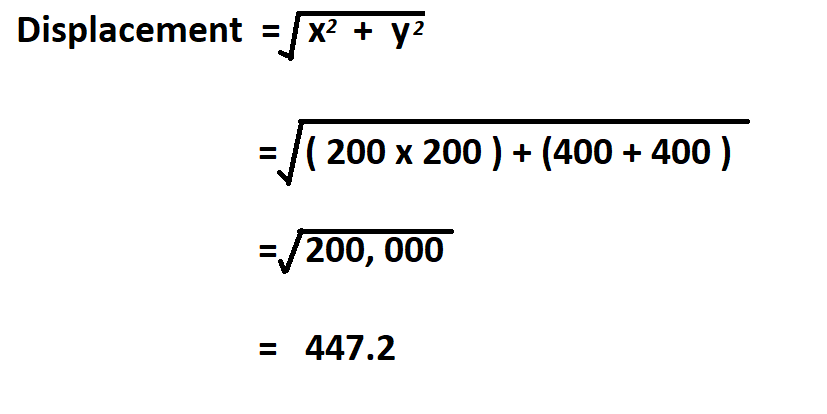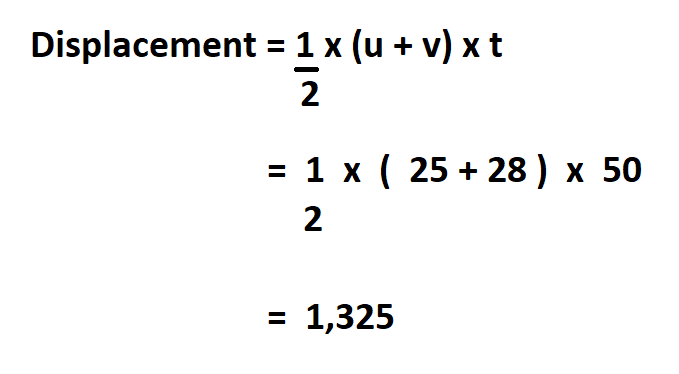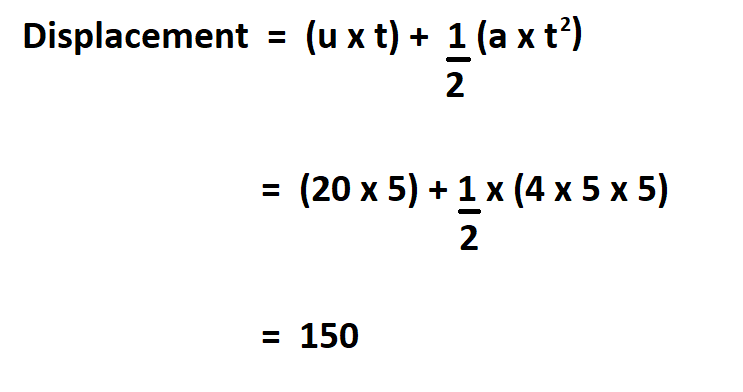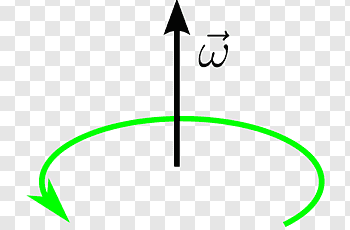What is Displacement?
Ahead of discussing how to calculate displacement, firstly, let us define what is it and later talk about what it entails. Therefore, displacement is defined as the change in position of an object. It is a vector quantity as it has both direction and magnitude.
Additionally, an object’s displacement is based on its initial location and its final location during its motion. We very much know that an object can only travel in two directions maximum.
A real world example of displacement is, for instance, you throw a boomerang away from you in the positive direction. It lands behind you and that is a negative displacement. Another example is, you through a stone upwards, that is a positive displacement positive. When the stone falls down and then lands on the ground, now that is a negative displacement.
Formula to Calculate Displacement Given Distance and Direction.

If the direction travels in one direction, then ‘y’ is 0.
Example 1:
A car travels 200 m north and 400m west. Determine the displacement.

Therefore, the displacement is 447.7 m.
Formula to Calculate Displacement if Given Velocity and Time.

- u – is the initial velocity.
- v – is the final velocity
- t – is time taken.
Example 2:
A car is traveled 45 seconds. It turned west at 25 m/s and by the end of the street, it was traveling at 28 m/s. Determine the displacement.

Therefore, the displacement is 1,325 m.
Formula to calculate displacement if given initial velocity, acceleration and time.

- u – is the initial velocity.
- t – time taken
- a – acceleration.
Example:
A bus traveling at 20 m/s begins accelerating at4m/s² for 5 seconds . What is the displacement of the car after 5 seconds?

Therefore, the displacement is 150m.

